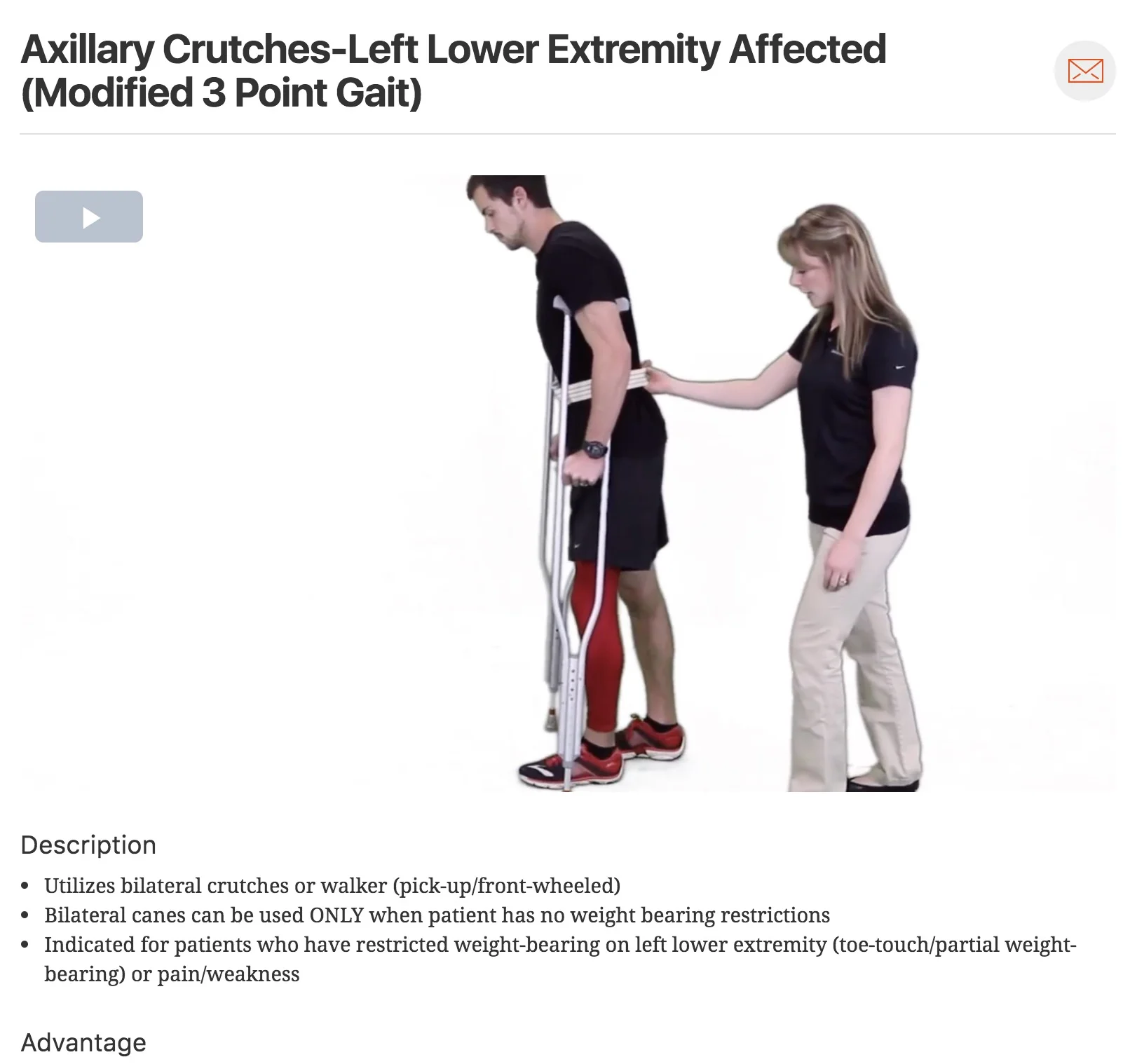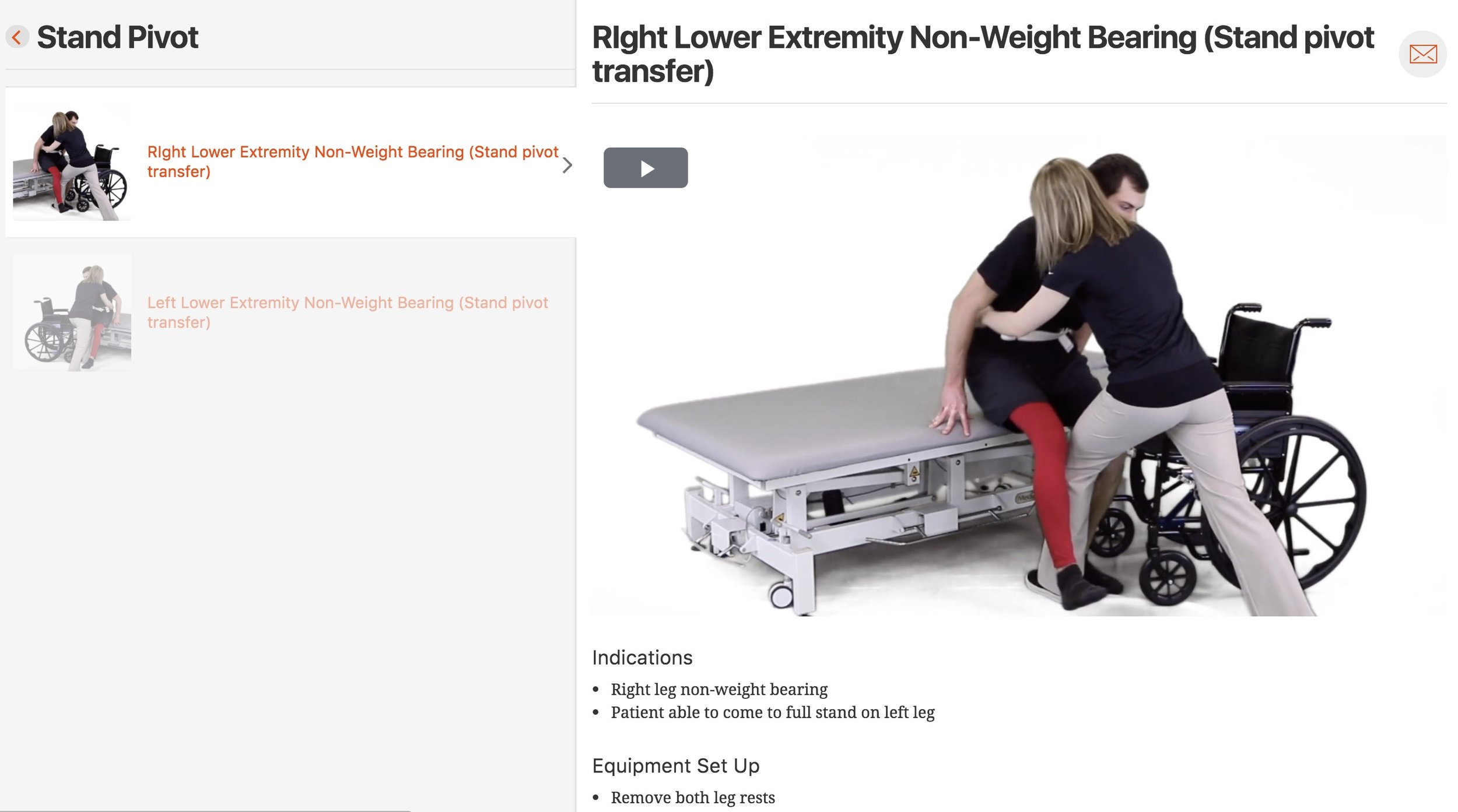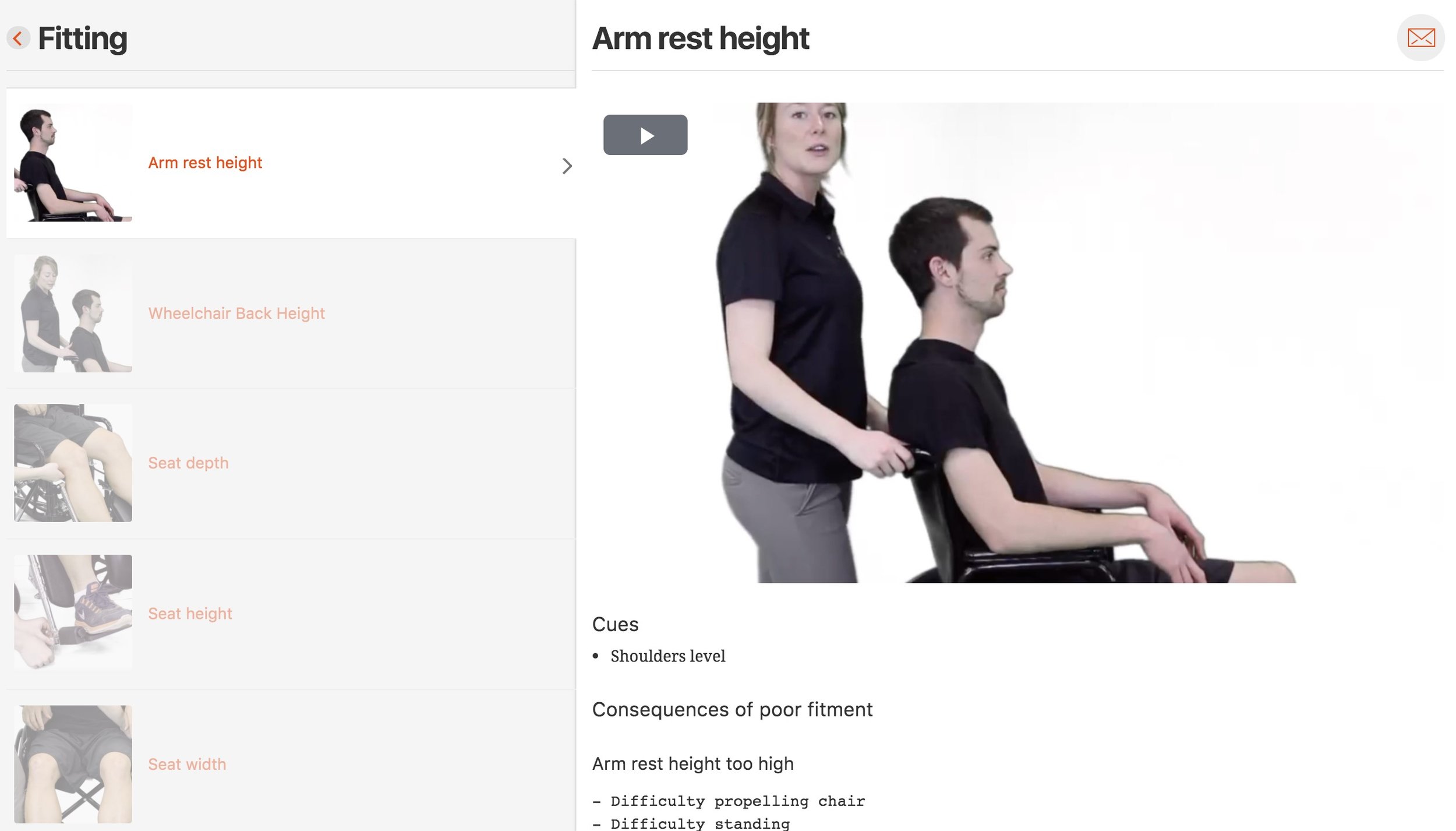Don’t just leave patient education up to chance, at PhysioU we believe in directing patients to high quality, evidence-based, patient-centered education. Dr. Michael Curtis is a residency trained orthopaedic specialist focused on producing our weekly read based around the clinical practice guidelines!
Look out for our weekly #PatientEducation release!
Of course, we are building an app for this, the Patient education app.
*Patient-centered education, in the palm of your hand*
Louw, A., Diener, I., Butler, D. S., & Puentedura, E. J. (2011). The Effect of Neuroscience Education on Pain, Disability, Anxiety, and Stress in Chronic Musculoskeletal Pain. Archives of Physical Medicine and Rehabilitation, 92(12), 2041–2056. https://doi.org/10.1016/j.apmr.2011.07.198











